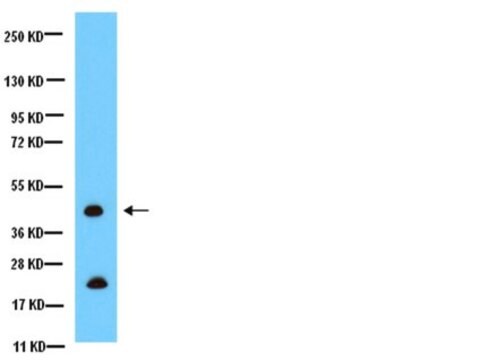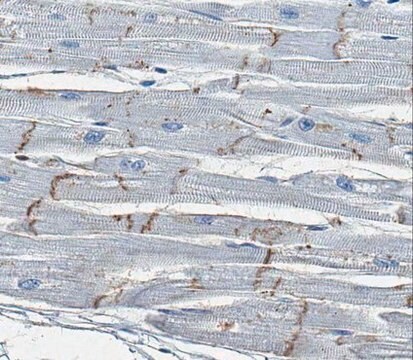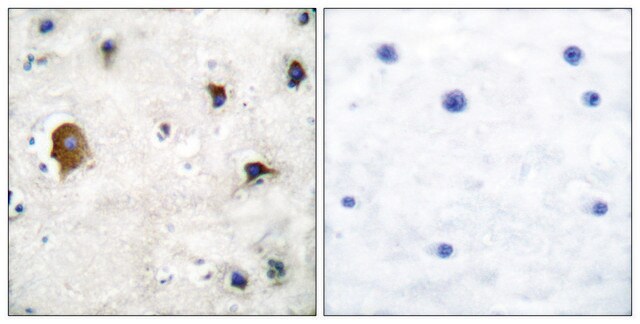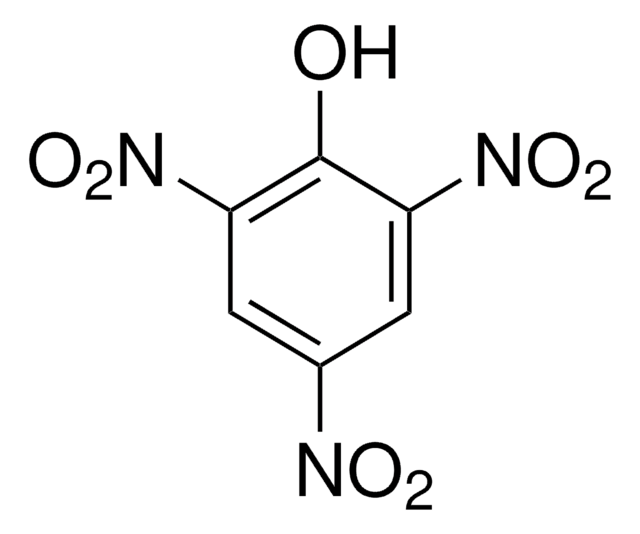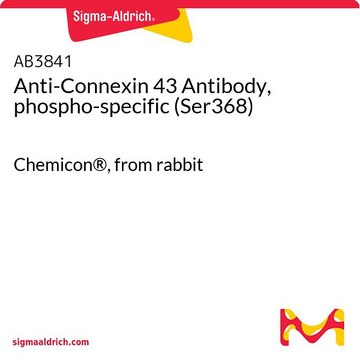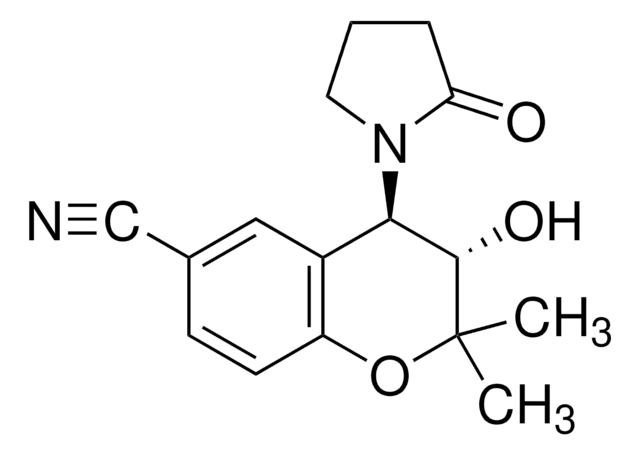C6219
Anti-Connexin-43 antibody produced in rabbit
affinity isolated antibody, buffered aqueous solution
Sinonimo/i:
Connexin 43 Antibody, Connexin 43 Antibody - Anti-Connexin-43 antibody produced in rabbit, Cx43 Antibody
About This Item
Prodotti consigliati
Origine biologica
rabbit
Livello qualitativo
Coniugato
unconjugated
Forma dell’anticorpo
affinity isolated antibody
Tipo di anticorpo
primary antibodies
Clone
polyclonal
Forma fisica
buffered aqueous solution
Reattività contro le specie
mammals, human
Confezionamento
antibody small pack of 25 μL
tecniche
immunocytochemistry: suitable
immunohistochemistry (formalin-fixed, paraffin-embedded sections): 1:2,000 using human or animal tissue sections
immunohistochemistry (frozen sections): 1:2,000 using human or animal tissue sections
indirect immunofluorescence: 1:400 using cultured BHK cells
microarray: suitable
western blot: 1:8,000 using an animal tissue extract
N° accesso UniProt
Condizioni di spedizione
dry ice
Temperatura di conservazione
−20°C
modifica post-traduzionali bersaglio
unmodified
Informazioni sul gene
human ... GJA1(2697)
mouse ... Gja1(14609)
rat ... Gja1(24392)
Descrizione generale
Gap junctions are specialized cell membrane domains consisting of aggregations of intercellular channels that directly connect the cytoplasm of adjacent cells. Gap junctions coordinate cellular and organ function in tissues and are involved in metabolic cooperation between cells, electrical coupling, synchronization of cellular physiological activities, growth control, and developmental regulation. The gap junction channels allow intercellular exchange of ions, nucleotides and small molecules between adjacent cells. Unlike other membrane channels, intercellular channels span two opposed plasma membranes and require the contribution of hemi-channels, called connexons, from both participating cells. These channels are permeable to molecules as large as 1 kDa, and they have been reported in most mammalian cell types. Two connexons interact in the extracellular space to form the complete intercellular channel. Each connexon is composed of six similar or identical proteins, which have been termed connexins. Connexins (Cx) are a multi-gene family of highly related proteins with molecular weights ranging from 26 to 70 kDa. At least a dozen distinct connexin genes have been identified in mammals, many expressed in a diverse tissue and cell specific pattern. Two distinct lineages have been identified in mammals, one termed class I or β group, in which Cx26, Cx30, Cx31, Cx31.1 and Cx32 fall, and the other termed class II or α group, represented by Cx33, Cx37, Cx40, Cx43 and Cx46.
Connexin-43 (Cx-43), a 43kDa protein, is a member of the connexin protein family that forms a gap junction. It is expressed by a variety of cell types, such as astrocytes, cardiac and smooth muscle, endothelium, ependyma, fibroblasts, keratinocytes, lens and corneal epithelium. In addition, the protein is also found in leptomeninges, leucocytes, Leydig cells, macrophages, myoepithelial cells of mammary gland, osteocytes, ovarian granulosa, pancreatic β-cells, preimplantation blastocyst, sertoli cells, thyroid follicular cells and trophoblast giant cells.
Specificità
Immunogeno
Applicazioni
A minimum working dilution of 1:8,000 is determined by immunoblotting using a whole extract from mouse brain.
A minimum working dilution of 1:400 is determined by indirect immunofluorescent staining of acetone-fixed cultured baby hamster kidney (BHK).
A minimum working dilution of 1:2,000 is determined by indirect immunofluorescent staining of rat heart. (Negative on rat liver sections)
A minimum working dilution of 1:2,000 is determined by indirect immunoperoxidase staining of trypsin-digested,formalin-fixed, paraffin-embedded human or animal tissue.
Azioni biochim/fisiol
Stato fisico
Stoccaggio e stabilità
Esclusione di responsabilità
Non trovi il prodotto giusto?
Prova il nostro Motore di ricerca dei prodotti.
Raccomandato
Codice della classe di stoccaggio
12 - Non Combustible Liquids
Classe di pericolosità dell'acqua (WGK)
nwg
Punto d’infiammabilità (°F)
Not applicable
Punto d’infiammabilità (°C)
Not applicable
Certificati d'analisi (COA)
Cerca il Certificati d'analisi (COA) digitando il numero di lotto/batch corrispondente. I numeri di lotto o di batch sono stampati sull'etichetta dei prodotti dopo la parola ‘Lotto’ o ‘Batch’.
Possiedi già questo prodotto?
I documenti relativi ai prodotti acquistati recentemente sono disponibili nell’Archivio dei documenti.
I clienti hanno visto anche
Articoli
Carcinogenesis and Epigenetics
Il team dei nostri ricercatori vanta grande esperienza in tutte le aree della ricerca quali Life Science, scienza dei materiali, sintesi chimica, cromatografia, discipline analitiche, ecc..
Contatta l'Assistenza Tecnica.


